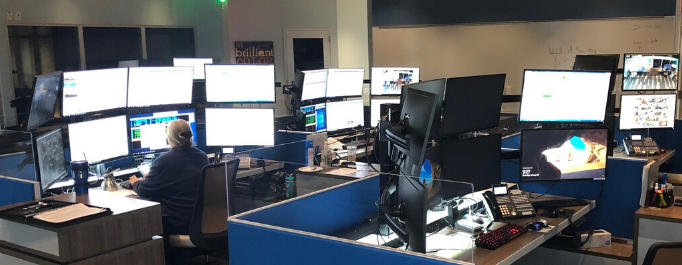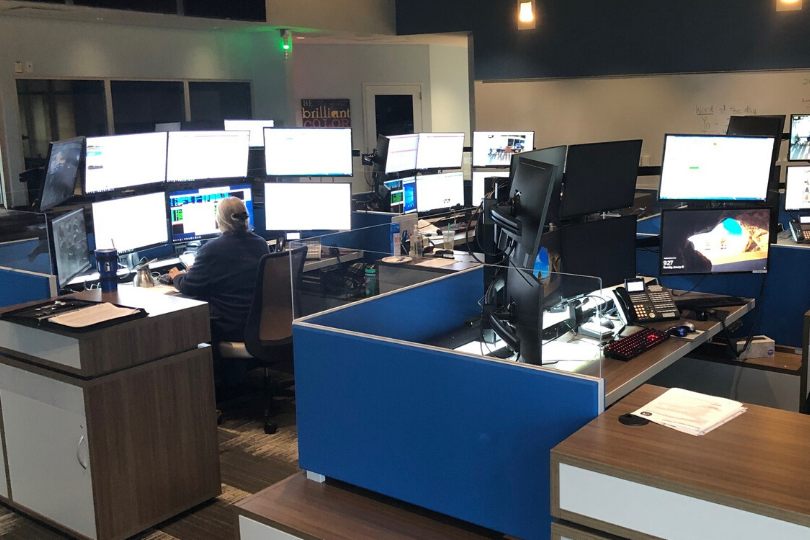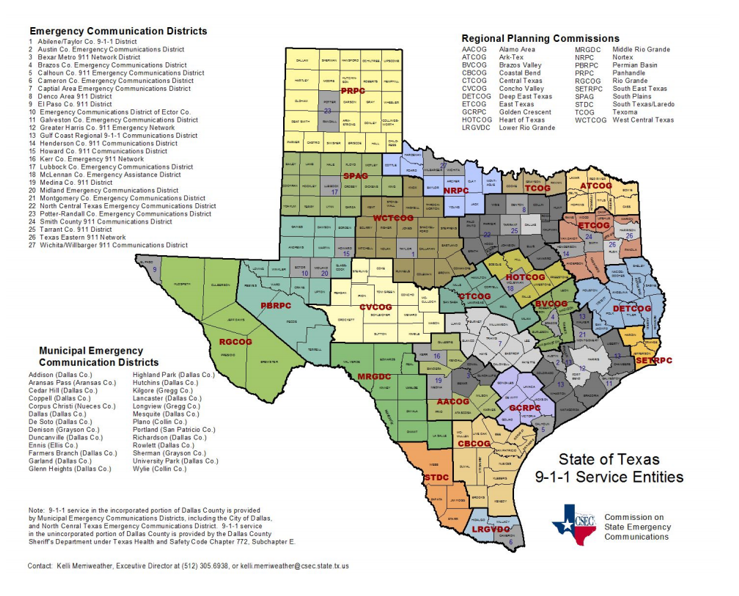Being active in your community is an important part of a public safety professional’s job. Protecting and serving also means being present at community events and caring about the citizens’ day-to-day activities and wanting to be a part of it all. But how do you show that commitment when community events have been cancelled and everyone is locked away inside their homes?
Agencies need to let communities know that they are still there for them. But the tools that were available are now limited and we’re relying heavily on the internet to reach out. How do you make a one-to-one connection on the internet?
Social Media was Built For This
The world is in uncharted territory. It’s been almost 100 years since a disease had a global impact like the coronavirus, but our ancestors didn’t have a tool that could connect you to anything with the click of a button. The internet is a gamechanger in how we’ve responded to the virus.
It’s easy to get caught up in the negativity online during these times, but public safety professionals are symbols for their communities and can use online tools to make their citizens feel connected. Fortunately, social media was built to create personable, one-to-one interaction between people in a virtual world. You can leverage your social media accounts to connect your followers with content that is educational and entertaining and that makes your citizens feel like they know you.
Types of Content
There are lots of ways to connect with your audience online through social media. You’re not limited to photos of community events! From videos to infographics to even a well-chosen meme, the options are endless. Videos, in particular, are on the rise.
You don’t have to be a Hollywood producer to create a decent video for your social media pages. A good video can be simple, short, and informative. Interview some of you staff members about what your agency is doing to keep people safe during these times. Talk about the steps you’ve taken to encourage social distancing. Offer tips citizens can utilize to stay safe when visiting grocery stores or picking up takeout.
Live videos on Facebook have become hugely popular and are favored in the platform’s algorithm, which means more people will see them over a traditional video format. Groups are also about to be highly promoted by Facebook and we can anticipate seeing a bit of favoritism toward content posted in groups, so consider starting a community group or, if one already exists, joining with your agency’s official page. Be active in any groups you join or launch by posting videos, resharing interesting blogs or articles, and commenting on posts.
Some other content ideas include:
- Host a live Q&A. Pro Tip: Have someone hosting the video and another person behind the scenes responding to questions in the comments. Don’t forget to advertise to your followers before the day of so you can get them excited about attending!
- Encourage user-sourced content. Request that your citizens send you photos of how they’re keeping busy during shelter in place mandates or reshare how your local ISDs are encouraging parents to keep learning going. User-sourced content can offer an endless amount of opportunities.
- Have your chief or sheriff host a Chief’s Corner once a week to talk about the state of your community and what your agency is doing to keep everyone safe. The fireside chats were popular for a reason!
- Engage with your community through comments. If someone comments on your post, respond! Even if it’s just to say thank you. This will make your followers feel appreciated and willing to comment again!
Voice and Tone
A unique voice is important when establishing a connection with an online audience. That doesn’t mean you have to be a novelist, just embrace your community’s personality. Small town charm? Big city expertise? Somewhere in the middle? Whatever you are, find it and be consistent.
Your tone, however, is different. Tone is how your voice varies across social media platforms. Your tone on Twitter, for example, would be more casual than your tone on Facebook.
If you’re not sure what your social media voice is, find it by sitting down with your team and writing key words or phrases that describe your community and your agency. Make a list and figure out what ties those keywords together. If you can pick just one word to describe you, that’s your voice.
Don’t let your commitment to community engagement slide just because events and gatherings have been postponed. Utilize social media to make the same kind of connections your agency was making in person so you don’t fall out of touch with your community when you return!





